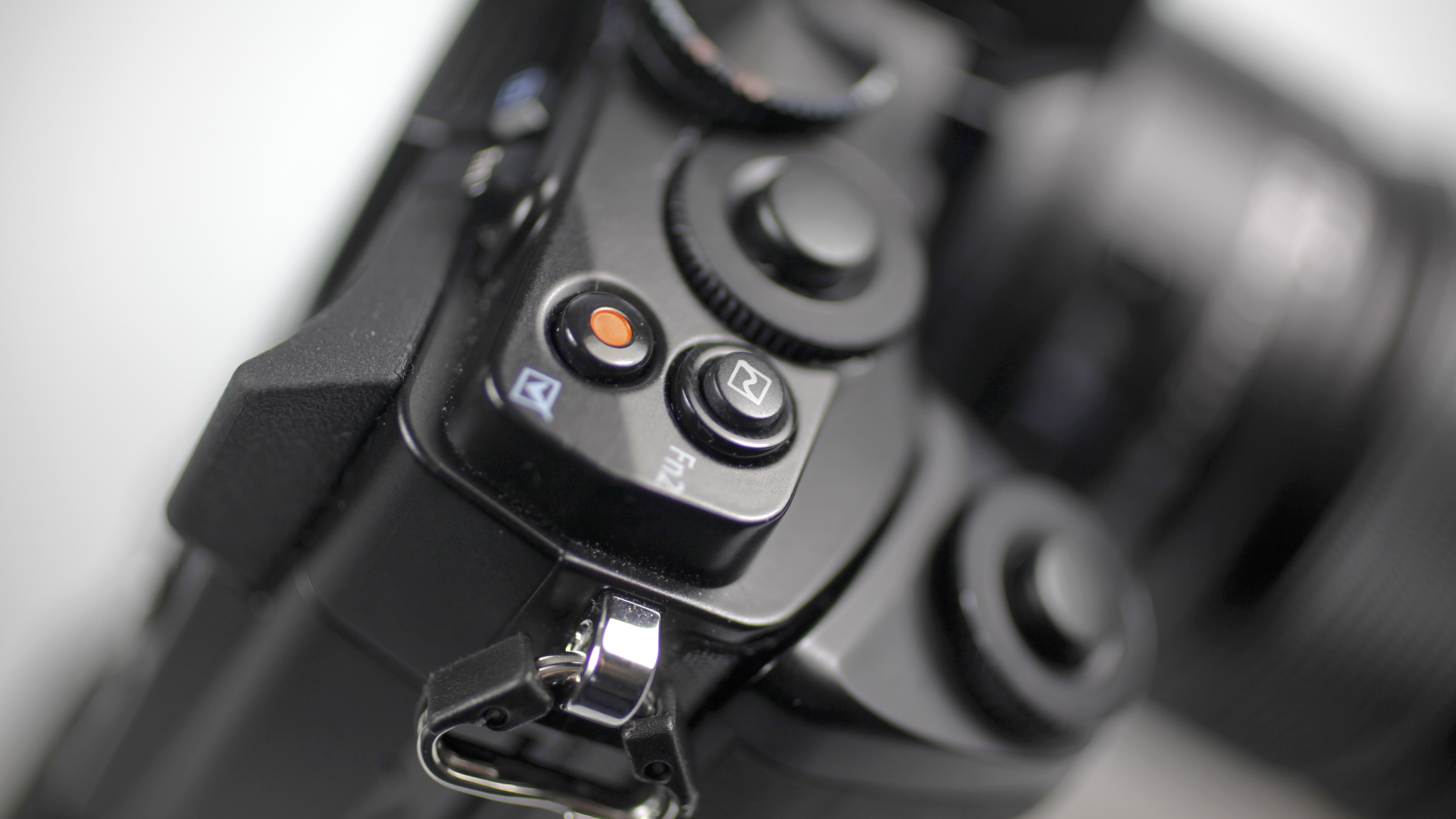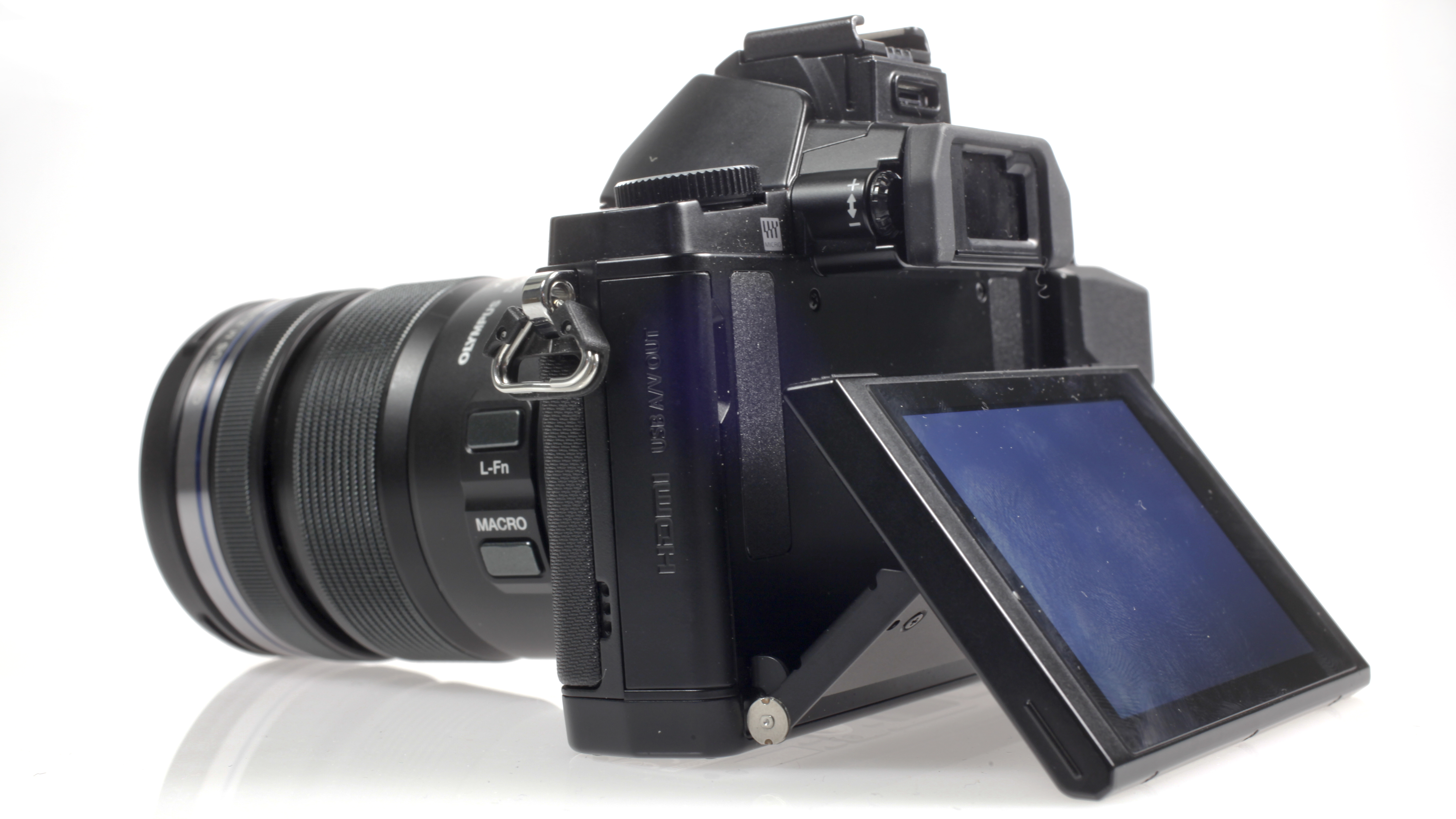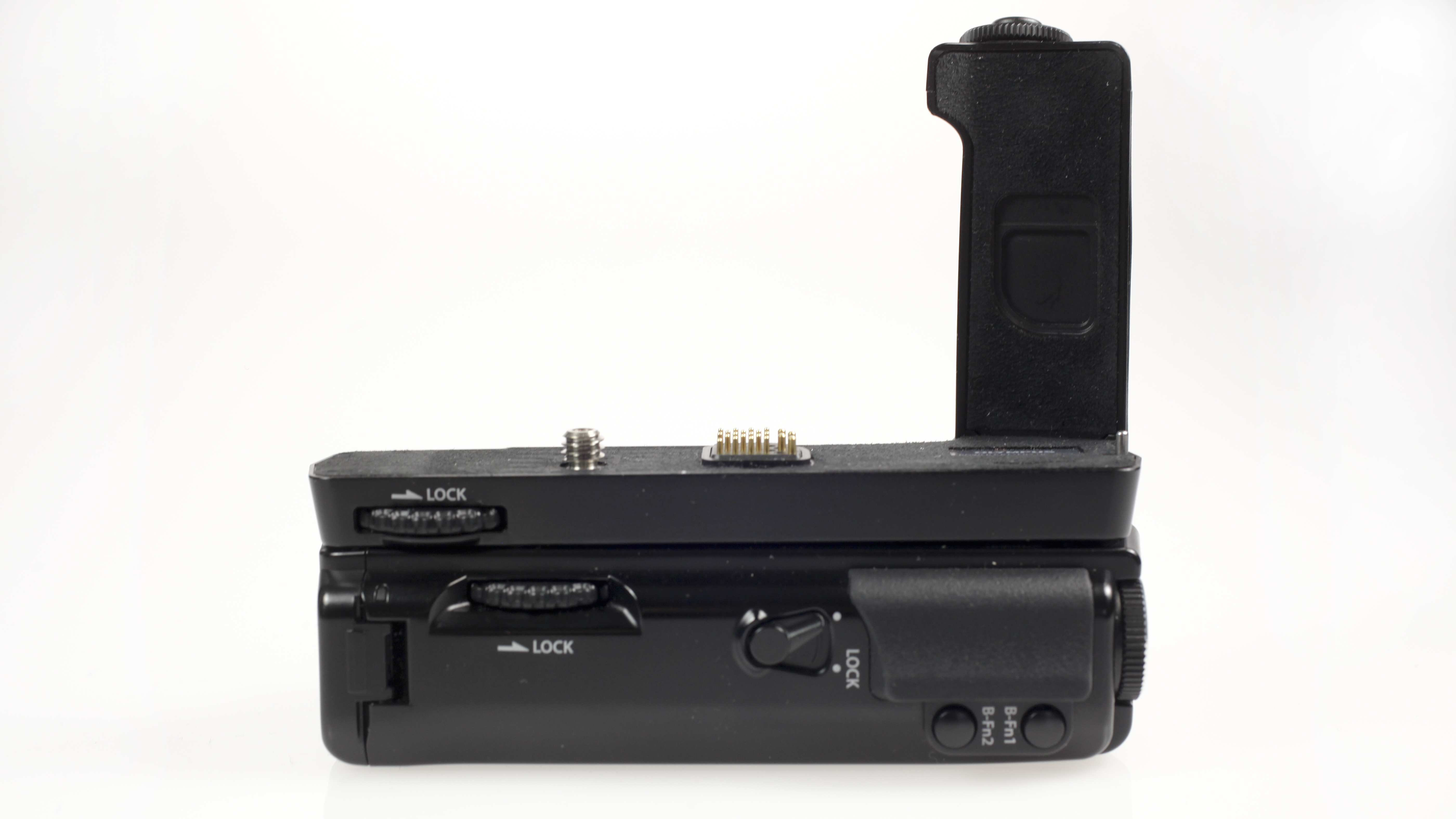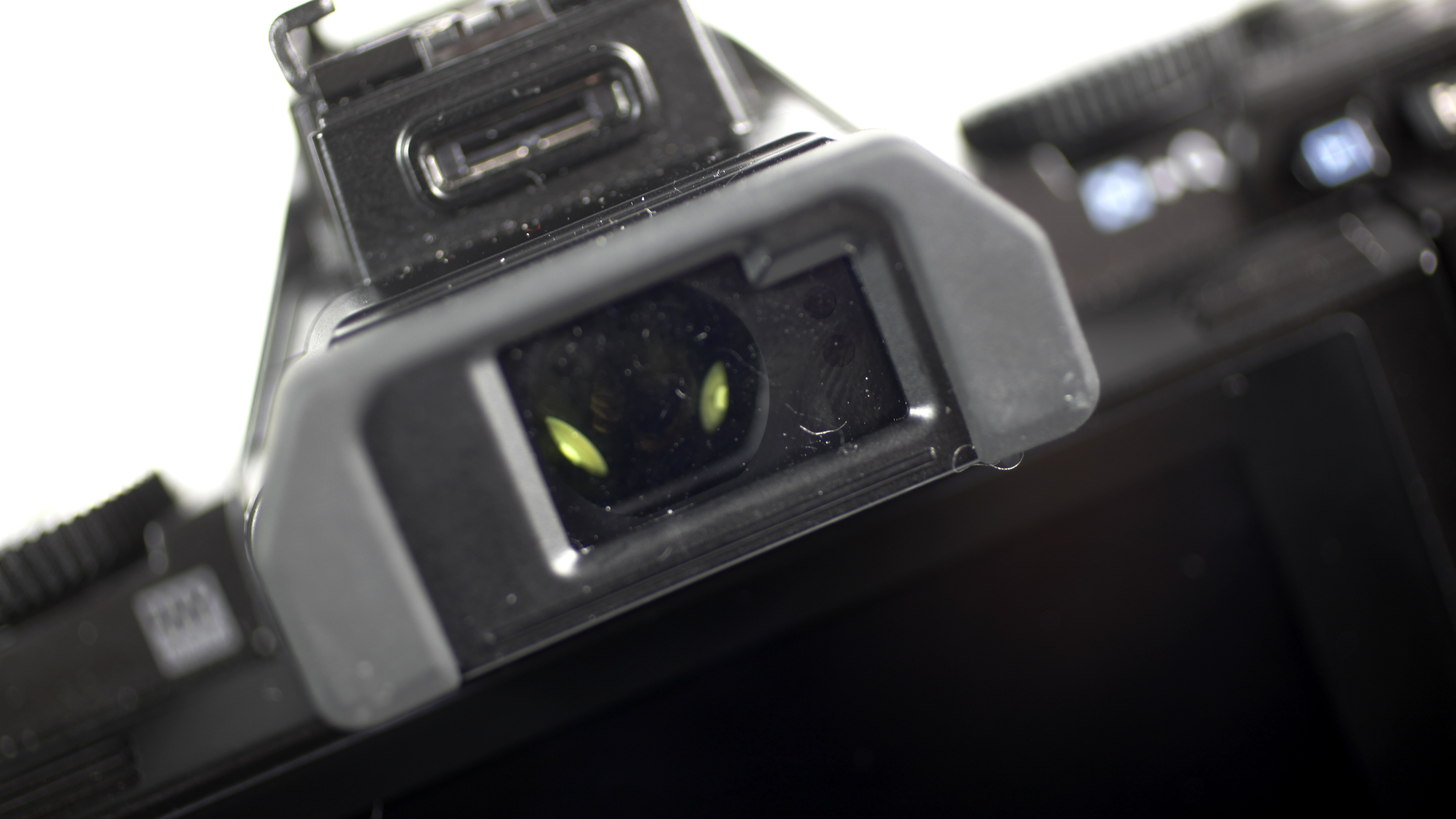Why you can trust TechRadar
If your only exposure to the OM-D so far has been through print advertising, you might be forgiven for thinking it's larger than it actually is.
It's actually not quite as wide as its smaller brother, the PEN E-P3, and about the same height. Despite its small size, it still feels like a solidly built camera, with extra confidence coming from the weatherproofing.
The angular body of the OMD also makes it easy to hold and quickly access the various buttons, which have been fairly sensibly laid out in the most part.

As this camera is intended for a more advanced audience, there are a greater number of control dials and direct access buttons, many of which are customisable depending on how you prefer to use the camera. It's a shame that there isn't a direct ISO button, however one of the Function buttons can be customised to control this.
On the top plate of the camera, two dials provide the mechanism for altering shutter speed/aperture and exposure compensation. These can be very easily accessed when using the LCD screen to compose an image, however anybody with larger hands may struggle to make alterations when using the electronic viewfinder.
There are two Function buttons which can be customised to perform different operations - by default, the 'Fn2' button at the top of the camera gives you direct access to the Highlights and Shadows control.
The buttons themselves are one of the only disappointing features of the OM-D, feeling a little cheap for a camera of this price. We'd really like to see more solid, metal buttons being used on the body, with some of the smaller buttons feeling a little too delicate.
We also found that the buttons could sometimes be a little less than responsive, occasionally requiring a double press to get the desired result. Similarly, when using the scroll dials to make adjustments via the Quick Menu, these could be a little laggy.
For controls not accessed via a direct dial button, a Quick Menu is provided and can be accessed by hitting the OK button on the back of the camera. Here you'll find the most commonly changed parameters, such as White Balance, ISO, Autofocus, Aspect Ratio and so on. For the first time on an Olympus camera, these can be selected via the touchscreen, though you will still need to use the scroll dials at the top of the camera to make changes.
Touchscreen
The touchscreen, as with the E-P3, can also be used to alter the focus point, simply by tapping various locations around the frame. It can also be used to activate the shutter release, first focusing on the point you touch, before taking the image. We found the touchscreen to be very responsive and quick to use, certainly a step up from some of the compact cameras currently available.

With the ability to tilt the screen, Olympus has combined the best features of the PEN E-P3 (touchscreen) and E-PL3 (tilting screen) for the OM-D monitor. While it's a shame that the screen doesn't articulate fully, having the ability to tilt it is useful for certain awkward angles, and for shooting "from the hip". It doesn't help much when shooting in upright format though.
A tiny, almost hidden button near the viewfinder can be used to switch the LCD screen from Live View to Menu mode, while a sensor fitted within the eyecup has the ability to detect when the camera has been lifted to the eye - which is a useful addition that saves having to mess around with extra buttons.
Grip
An optional vertical battery grip can be purchased to attach to the bottom of the camera, providing considerably extra bulk, but fortunately not much extra weight. It comes with an extra set of scroll dials and buttons, as well as shutter release to make shooting in portrait orientation easier, and of course the extra battery effectively doubles the operation life of the camera.

Art filters can be scrolled through via the Quick Menu, which although quicker to use than on the E-P3, an extra button to quickly turn off (or on) an art filter without having to laboriously scroll through the options again would be a very welcome addition.
Kit lens
The new 12-50mm kit lens can be bought as standard with the OM-D, and is a great pairing with the camera. With three different shooting options allowing you to change between a standard zooming mechanism, a power zoom and a new "macro" mode, it is also weather and dustproof.
The only slight complaint we have about this lens is that switching to macro mode is a two handed operation, and it would be better if the button was on the other side of the lens.
Viewfinder
Electronic viewfinders tend to suffer from a bad reputation, but the device found on the OM-D is certainly one of the best we've used, if not quite matching up to the clarity of that found on the Sony NEX-7. Offering an impressive and highly useful 100% field of view, the viewfinder refreshes very quickly and feels very natural to use.

It is certainly useful to have the image you've just shot appear in the viewfinder, so you don't need to constantly remove the camera from the eye to check the shot. However, we found on a couple of occasions, the image appeared to be in focus through the viewfinder, but only on closer inspection either on the LCD or at a computer did we see that focus was soft.
Amy has been writing about cameras, photography and associated tech since 2009. Amy was once part of the photography testing team for Future Publishing working across TechRadar, Digital Camera, PhotoPlus, N Photo and Photography Week. For her photography, she has won awards and has been exhibited. She often partakes in unusual projects - including one intense year where she used a different camera every single day. Amy is currently the Features Editor at Amateur Photographer magazine, and in her increasingly little spare time works across a number of high-profile publications including Wired, Stuff, Digital Camera World, Expert Reviews, and just a little off-tangent, PetsRadar.

